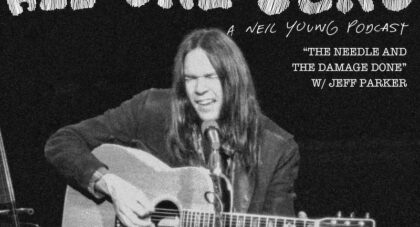1981: With an initial bootleg soundtrack touting hits from The Rolling Stones, Pink Floyd and Bob Marley, director Stephen Spaulding would later require an original score if he wished to see his underground surf film, Bali High, screened in theaters and sold legally. Turning to Kauai based producer/composer phenom Michael Sena for its 1984 re-release, Sena, without trouble and almost entirely single-handedly managed to sweep the boldness of the existing soundtrack into a seamless, cross-genre body of work perhaps even more invigorating than the original.
Speaking with Sena during a rare moment of downtime ahead of the first Bali High OST issue for Anthology Recordings, it’s clear he has a deep love and respect for surf film and culture, as well as the many opportunities the score brought his way. Check out how it all came together via our conversation below.
AD: Were you surprised when you got the call from Anthology about doing a vinyl pressing of the Bali High OST?
Michael Sena: I really was. I had kind of gotten an inclination that people were interested in the soundtrack when someone sent me a link to another website. This was about three years ago. The fellow who runs the website, he had interest in punk music, I think, and there are a couple of tracks on the soundtrack that are a little punk-ish. The conversation had started like… I really like this one song, I wish I knew all the words and can I get a copy of it? When the link was sent to me I jumped online and said yeah I know what song you’re talking about and I gave him the words. I actually said here’s my email, I’ll send you a link to the song and I sent him the lyrics.
Then other people chimed in. They said oh, this is a great soundtrack who are the other bands you used on this stuff? There are no other bands…it’s just me. There’s one track where I had gone down to a local bar called Club Jetty..it’s gone now. This is on Kauai. It was destroyed by the hurricane. I had gone down to the bar and these guys were really good players and I said hey I own a studio would you guys like to come in and do some tracks and they said sure. I brought them down to the studio and I re-wrote a cue from one of my other songs to accommodate the band and so on that track, I think it’s called ‘Cannonade’…I just made the word up, they played on it. Pretty much I’m doing all the rest of it. I brought in a fellow who sings really well and we just kind of jammed and placed lyrics over the top of another track but for the most part it’s just all me.
Only the good shit. Aquarium Drunkard is powered by its patrons. Keep the servers humming and help us continue doing it by pledging your support.
To continue reading, become a member or log in.


